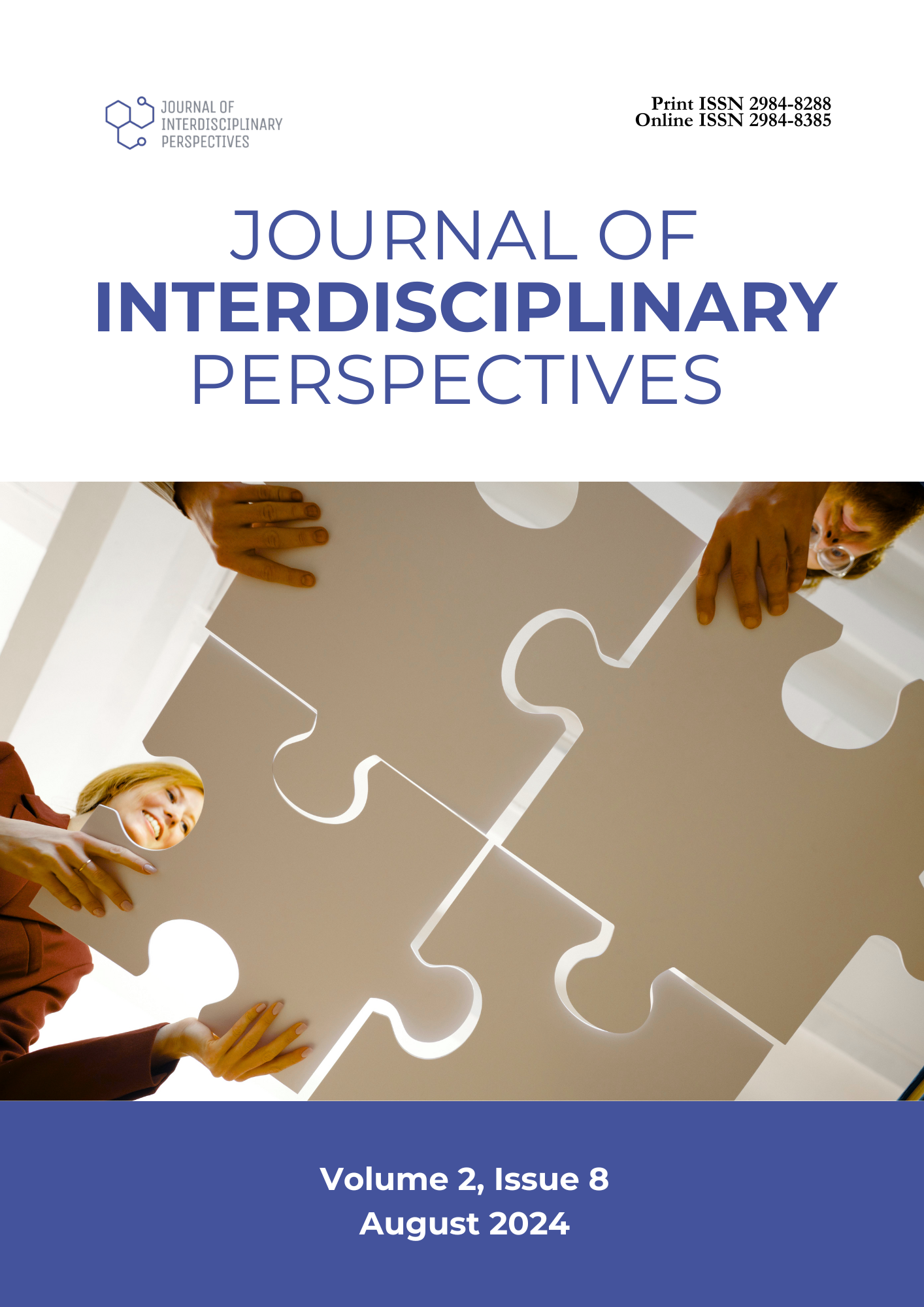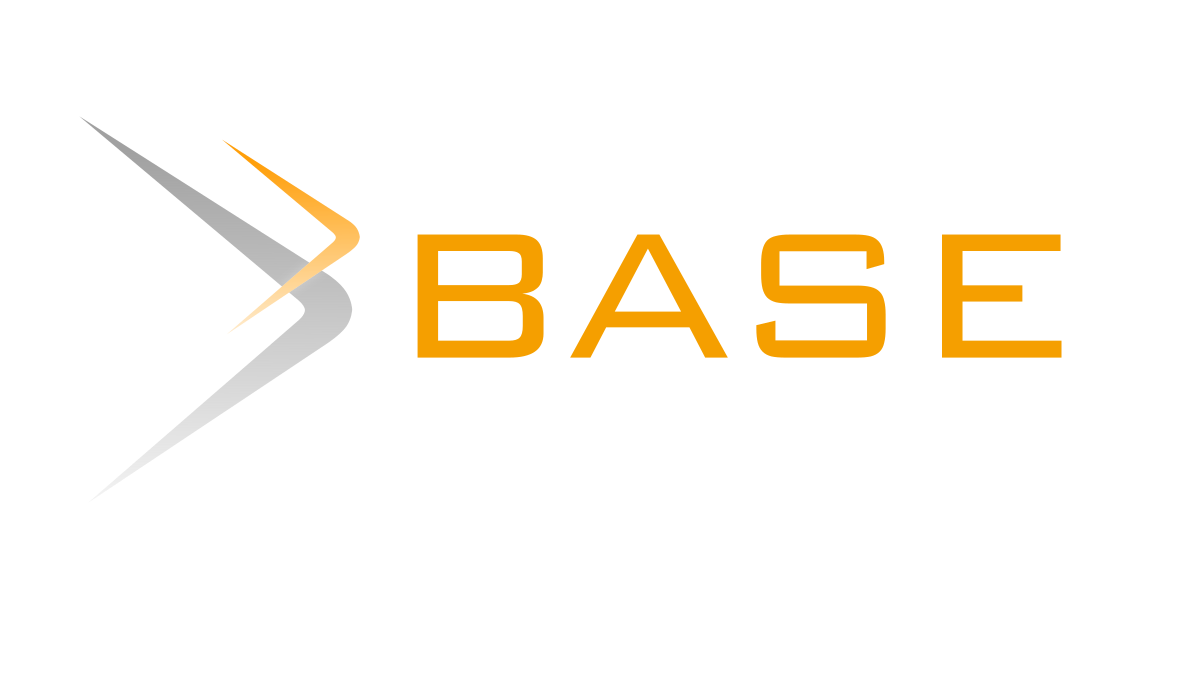Internal Control System Landscape of a State University in a Highly Urbanized City
DOI:
https://doi.org/10.69569/jip.2024.0292Keywords:
Higher education institution, Internal control systems, Case studyAbstract
This qualitative case study approach allows for a detailed exploration of internal control systems in HEIs, focusing on their implementation and functioning within various institutional settings. By employing in-depth interviews, the study gathered comprehensive information on the internal control processes of a government-funded HEI in a highly urbanized city. The key findings reveal that the hiring process is thorough, ensuring fairness, transparency, and compliance with governmental and institutional regulations. The training process is well-organized within the institution’s professional development framework. The procurement process is highly structured and transparent, emphasizing compliance and accountability. The budget process is formalized and governed by strict frameworks, and the payroll process is meticulously regulated to ensure accuracy, compliance, and transparency. Furthermore, the study underscores the need for public HEIs to continuously adapt their policies and procedures to the complex and evolving regulatory landscape, which is both time-consuming and costly. To enhance financial governance, ensure regulatory compliance, and maintain transparency and accountability, the study recommends training on the importance of following Commission on Audit (COA) guidelines and the Government Accounting Manual (GAM).
Downloads
References
Ahmed, A. M., & Muhammed, A. A. (2018). Internal control systems & its relationships with the financial performance in telecommunication companies―A case study of Asiacell. International Journal of Scientific and Technology Research, 7(11), 82–88. https://doi.org/10.29358/sceco.v0i28.416
Aksoy, T., & Mohammed, A. (2020). Assessing bank’s internal control effectiveness: The case of Ghanaian listed banks. International Journal of Research in Business and Social Science, 9(4), 196–206. https://doi.org/10.20525/ijrbs.v9i4.743
Arens, A. A., Elder, R. J., Beasley, M. S., & Hogan, C. E. (2017). Auditing and Assurance Services. Pearson.
Association of Certified Fraud Examiners (ACFE). (2022). Report to the Nations: 2022 Global Study on Occupational Fraud and Abuse. Retrieved from https://www.acfe.com/-/media/files/acfe/pdfs/rttn/2022/2022-report-to-the-nations.ashx
Aytaç, A., & Çabuk, A. (2020). Assessment of the effectiveness of internal control system and a case study. Journal of Accounting & Taxation Studies, 13(2), 353–376. https://doi.org/10.29067/muvu.603777
Brown, C. D., & Green, E. M. (2020). Risk management practices in higher education institutions: Enhancing governance and reducing vulnerabilities. Journal of Higher Education Policy and Management, 42(4), 345-360. https://doi.org/10.1234/jhepm.2020.424
Chalmers, K., Hay, D., & Khlif, H. (2019). Internal control in accounting research: A review. Journal of Accounting Literature, 42, 80-103.
Civil Service Commission. (2022). Annual report. Civil Service Commission. http://www.csc.gov.ph/2022-annual-report
Clampitt, P. G. (2016). Communicating for managerial effectiveness: Problems, strategies, solutions (6th ed.). Sage Publications.
Commission on Audit. (2021). Annual audit report. Commission on Audit. http://www.coa.gov.ph/2021-annual-report
Commission on Higher Education (CHED). (n.d.). Policies, Standards and Guidelines (PSGs). Retrieved from https://ched.gov.ph/policies-and-guidelines/
Committee of Sponsoring Organizations of the Treadway Commission. (2013). Internal control—Integrated framework.
Dai, J., Free, C., & Wang, T. (2017). Bringing context to the audit task: Towards a cognitive model of the audit task. Auditing: A Journal of Practice & Theory, 36(2), 141-158.
Department of Budget and Management (DBM). (n.d.). Budget Rules and Regulations. Retrieved from https://www.dbm.gov.ph/index.php/budget-documents
Gelinas, U. J., Dull, R. B., & Wheeler, P. R. (2018). Accounting Information Systems. Cengage Learning.
Hopkin, P. (2018). Fundamentals of Risk Management: Understanding, Evaluating and Implementing Effective Risk Management. Kogan Page Publishers.
Jones, T. R., & Smith, A. B. (2021). The impact of risk control systems on organizational performance: A comprehensive review. Journal of Risk Management, 45(3), 200-215. https://doi.org/10.1234/jrm.2021.4503
Kaplan, R. S., & Mikes, A. (2016). Risk management - The revealing hand. Journal of Accounting Research, 54(2), 647-671.
Kisanyanya, A. G. (2018). Internal Control Systems And Financial Performance Of Public Institutions Of Higher Learning In Vihiga County, Kenya. IOSR Journal of Business and Management (IOSR-JBM), 20(4), 31-41.
Kumuthinidevi, S. (2016). A study on effectiveness of the internal control system in the private banks of Trincomalee. International Journal of Scientific And Research Publications, 6(6), 600–612.
Martinez, P. A., & Cruz, L. M. (2022). Enhancing governance and accountability in higher education: The role of CSC and COA regulations. Journal of Public Administration and Governance, 10(1), 50-65. https://doi.org/10.1234/jpag.2022.10105
Muhunyo, B. M., & Jagongo, A. O. (2018). Effect of internal control systems on financial performance of public institutions of higher learning in Nairobi City County, Kenya. International Academic Journal of Human Resource and Business Administration, 3(2), 273-287.
Otoo, F.N.K., Kaur, M., & Rather, N.A. (2023). Evaluating the impact of internal control systems on organizational effectiveness. LBS Journal of Management & Research, 21(1), 135-154. https://doi.org/10.1108/LBSJMR-11-2022-0078
Polytechnic University of the Philippines (PUP). (n.d.). Integrated Management Systems. Retrieved from https://www.pup.edu.ph/
Rae, D., & Subramaniam, N. (2021). Internal control weaknesses and their impact on organizational effectiveness. Journal of Accounting and Organizational Change, 17(2), 123-145.
Rezaee, Z. (2018). Business Sustainability: Performance, Compliance, Accountability and Integrated Reporting. Routledge.
Romney, M. B., & Steinbart, P. J. (2018). Accounting Information Systems. Pearson.
Santos, M. R. (2020). The impact of the Universal Access to Quality Tertiary Education Act on higher education institutions: Governance and accountability challenges. Journal of Higher Education Policy and Management, 42(3), 289-305.
Smith, J. A., & Brown, L. M. (2021). Reconciling internal control systems in higher education institutions: A qualitative-descriptive study. Journal of Educational Research and Practice, 35(2), 150-165. https://doi.org/10.1234/jerp.2021.03502
Sofyani, H., Abu Hasan, H., & Saleh, Z. (2021). Investigation on key factors promoting internal control implementation effectiveness in higher education institution: The case of Indonesia. Jurnal Reviu Akuntansi Dan Keuangan, 11(3), 483-495.
Sofyani, H., Abu Hasan, H., & Saleh, Z. (2022). Internal control implementation in higher education institutions: Determinants, obstacles, and contributions toward governance practices and fraud mitigation. Journal of Financial Crime, 29(1), 141-158.
Tenbele, N.T. (2019). Effectiveness of internal control system in higher learning institution, Nairobi, Kenya. Global Journal of Business, Economics and Management: Current Issues, 9(3), 143-155.
Tilly, J. (2022). Managing Internal Control Environments in Universities: Challenges and Strategies. Journal of Higher Education Management, 29(4), 215-230.
Downloads
Published
How to Cite
Issue
Section
License
Copyright (c) 2025 Journal of Interdisciplinary Perspectives

This work is licensed under a Creative Commons Attribution-NonCommercial 4.0 International License.









